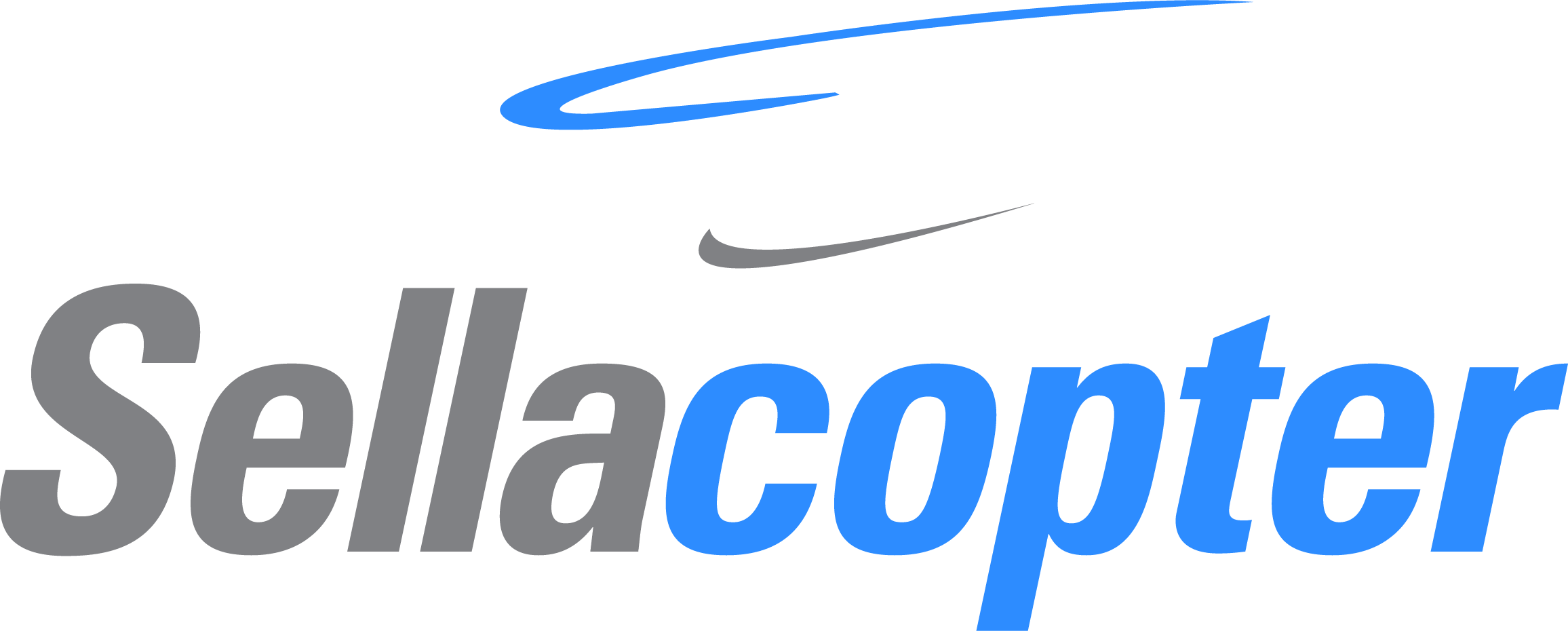- Sellacopter - List it. Sell it. Done.
- 1-855-SELLACOPTER


Helicopter Insurance & Your Ability To Get Coverage
Helicopter Insurance: The Impact of a “Hard” Market on Owners
The death of Kobe Bryant and eight others in a helicopter crash on January 26, 2020, rocked the world. While the tragedy affected many people differently, it also brought new scrutiny to helicopter insurance. Helicopter owners saw their rates increase significantly after Bryant’s death as insurers scrambled to cover their risk. This blog post will explore the current helicopter insurance market and how we ended up in a “hard market!”
How does a “hard market” affect insurance rates and my ability to get coverage?
Aircraft owners are now facing a “hard market” for insurance, which means premiums are increasing, availability is decreasing, and carriers are reluctant to ensure anything with an “ounce” of risk. The current insurance market is the result of many factors. First, general aviation (starting in 2019) has seen a significant rise in insurance claims since the early 2000s, including high-profile accidents. Adding insult to injury, the lawsuits and payouts have been immense, leaving many carriers gun shy to write policies. A buyer of aviation insurance had the power to negotiate just a few years ago, but in today’s HARD market, negotiations are nonexistent; carriers would prefer not to insure!
When shopping for helicopter insurance, beyond exorbitant premiums, you’ll find underwriting requirements are almost comically insane.
For example, I have a few thousand hours of helicopter experience, with over half of that being in turbine helicopters. I have flown various missions, most recently air medical, and have turbine helicopter experience in Bell and Airbus products. Recently, I had a client that needed me to ferry his R66. So, I filled out the “Pilot Résumé Form” and was shocked to find the following requirements for me to operate as PIC:
- Mandatory attendance of the R66 safety course in California.
- Post RHC factory course, 15 hours of dual instruction in the R66.
- Once I received 15 hours + RHC safety course – and , before operating as PIC carrying passengers – – I was required to fly 10 hours solo.
I can whisk seven passengers at a time to and from the Grand Canyon in an H130. I can transport a sick patient aboard a Bell 407 at night (in the middle of nowhere), but I can’t be insured flying the R66 without ridiculous underwriting requirements? Like I said, comical.
What can you do?
Some helicopter owners are resorting to self-insurance. Self-insuring is an option; however, it leaves the owner/operator with the “hull” expense and the immense liability of a helicopter accident. You can also consider decreasing the hull value you want to insure and lower liability limits; however, even then, underwriters may still be unwilling to write the policy.
The best thing that you can do is continue to gain aeronautical experience. Increased total time, more dual training, and attendance of factory schools can all look very appealing to an insurance carrier.
If you are seeking coverage in a turbine helicopter, it should be noted that carriers seem to be very wary of turbine engines! Therefore, if you have the minimum experience, be prepared for a lot of training requirements from an underwriter, or even worse – “Decline to Cover.”
If you are new to helicopters, and are unwilling to self-insure, then you should plan to purchase a piston helicopter, for example, an R44. Carriers are much more open to writing pPiston policies than turbine policies. The best you can do is fly your pPiston helicopter as much as possible! More aeronautical experience will hopefully lead to more favorable premiums and underwriting for a turbine policy.
What to do next?
It’s easy to place all frustration on the insurance companies, but should we also look inward? The Kobe accident and other recent high-profile accidents have been attributed to “pilot error,” including blatant disregard for safety and PIC responsibilities. As long as we continue to make poor decisions, we can anticipate an unfavorable insurance market. As pilots, let’s stop giving the carriers a reason to raise rates and requirements!
Insurance is necessary for all aspects of life, not just aviation. Just like fiscal markets, the insurance market will ebb and flow. As aviation advances, one can hope that safety will increase, resulting in fewer claims. We can also anticipate more carriers willing to write aviation policies. More competition is always better for the consumer. For now, be prepared for higher premiums and wild underwriting requirements.
The “hard market” shall pass.
Written by Halsey Schider
CEO and Founder of Sellacopter.
